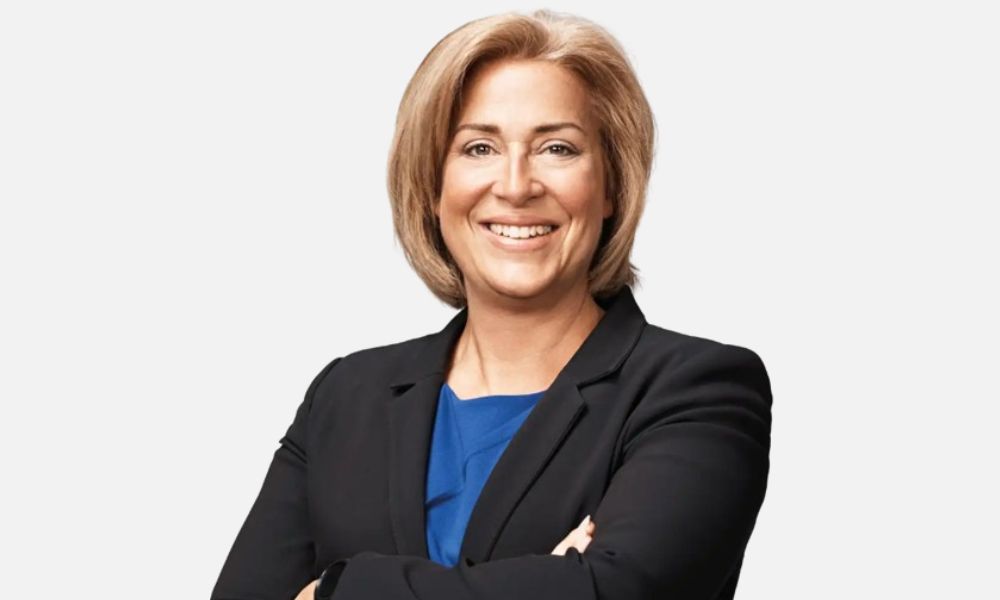If not in cloud, where? Southern Cross digital chief outlines her strategy

If not in cloud, where? Southern Cross digital chief outlines her strategy | Insurance Business New Zealand
Insurance News
If not in cloud, where? Southern Cross digital chief outlines her strategy
“Cloud costs have gone through the roof”
Insurance News
By
Daniel Wood
“The conversation I’ve had with other CIOs and CDOs is very much that the cost [of the cloud] has made us really step back and reassess, what is our cloud strategy?” said Roxanne Salton (pictured above).
Salton is chief digital officer (CDO) for Southern Cross Health Society, the Auckland headquartered health insurance provider.
Many insurance industry companies continue committing more data and systems to the cloud. A few weeks ago, nib Group, likely became the first sizable insurer based in New Zealand and Australia to complete its cloud migration. According to a media release, 95% of the firm’s insurance systems are now with Amazon Web Services (AWS).
The MACH measure
Insurance Business asked Salton, who is responsible for the technology and digital environments across Southern Cross Health Insurance, where her firm’s cloud journey is at.
“That’s a really interesting topic at the moment,” she said.
Salton said her company uses the MACH measure, an acronym that stands for APIs, cloud and headless [see this article for an explainer], to help decide whether their applications are “future fit.”
“Cloud is only one aspect of that,” she said.
Salton said Southern Cross Health Insurance puts data and applications in the cloud if that brings the sustainability and scalability they need.
“But we’ve also stepped back and looked at what things we don’t want to necessarily have in cloud because cloud costs have gone through the roof over the last few years,” she said. “We have to be very careful about how we manage our costs going forward – and cloud is not cheap.”
A hybrid approach to cloud computing
Salton said they have a hybrid IT environment and look to achieve a balance between what needs to be in the cloud and what can stay on premises.
“In some cases, we’ve got ourselves out of the cloud because we don’t see the need,” she said. “In other cases, we’ve said no, absolutely, that’s [the cloud is] the right solution.”
Salton said many businesses are starting to adopt a similar hybrid approach.
“We are a member organization that’s not for profit so if I can save millions of dollars from technology costs that we don’t need because they don’t bring us any more functionality or benefit and we can reinvest that into premiums and so forth, then absolutely, that’s the right thing to do,” she said.
However, in the past, said Salton, her firm’s stance was different.
“I think in the past our view was often that we had to go to cloud and that we couldn’t be on premise because much of that tech was legacy,” she said.
Today, said the CDO, her firm has significant amounts of data on site.
“We’ve got large databases on premise that have API’s and cloud applications and they don’t need to be in the cloud themselves because we’ve got the right infrastructure around it,” said Salton.
What’s Southern Cross’s biggest technology challenge?
IB asked Salton what she sees as her biggest technology challenge.
“Modernisation is probably the number one,” said Salton. “I think COVID has taught us that if you’re not ready for the future it might come faster than you think.”
The challenge, she said, is modernising both critical platforms and also their talent.
“We’ve been in this transition of moving from big monolithic blocks [of IT infrastructure and systems] so that if you want to change something, you’ve got to change the whole block, to much smaller pieces,” said Salton.
The company’s new IT architecture facilitates, among other things, internet connectivity and taking advantage of newly released technologies.
This two-speed architecture, she said, allows Southern Cross to keep some old legacy infrastructure at the back end but be “fairly fast and nimble at the front.”
“That’s probably been the biggest challenge over the last few years,” said Salton. “Of course, you need to go and get the expertise in the marketplace to go with that and in New Zealand, being a smaller country, it can be quite hard sometimes competing for talent.”
How is your firm approaching cloud computing? Please tell us below
Related Stories
Keep up with the latest news and events
Join our mailing list, it’s free!






